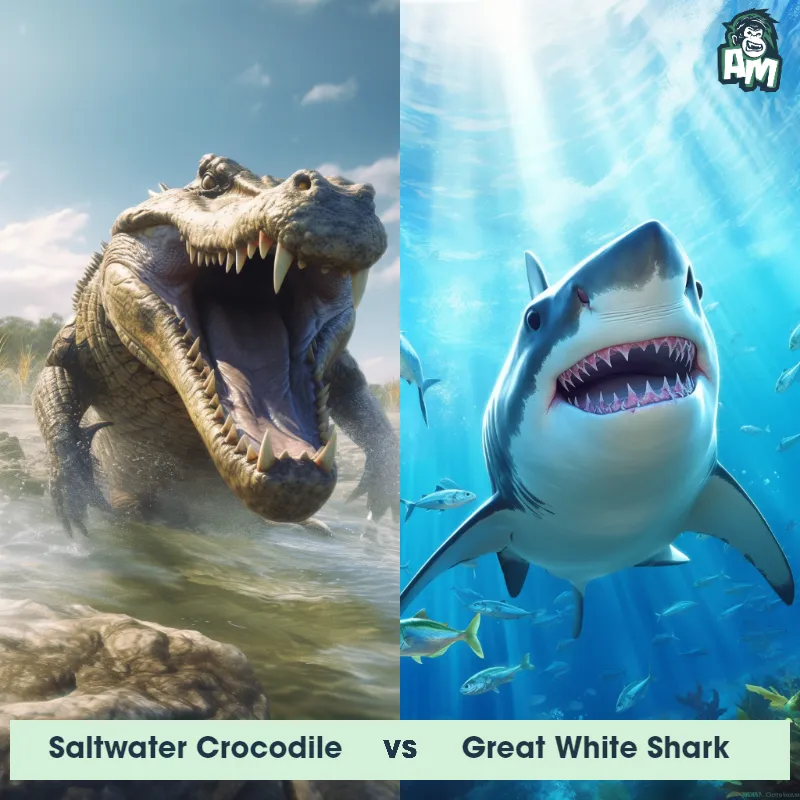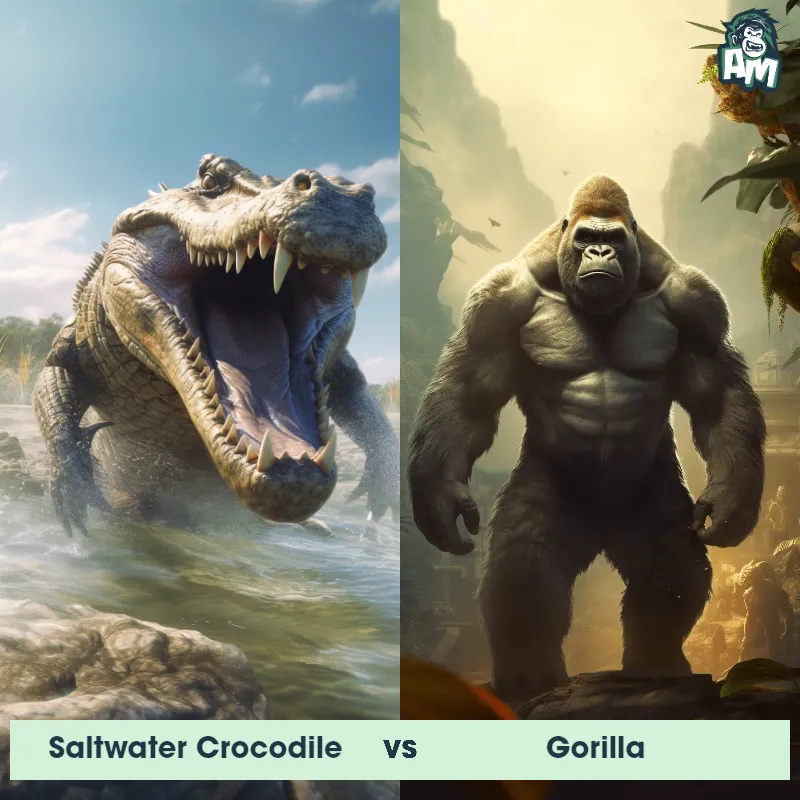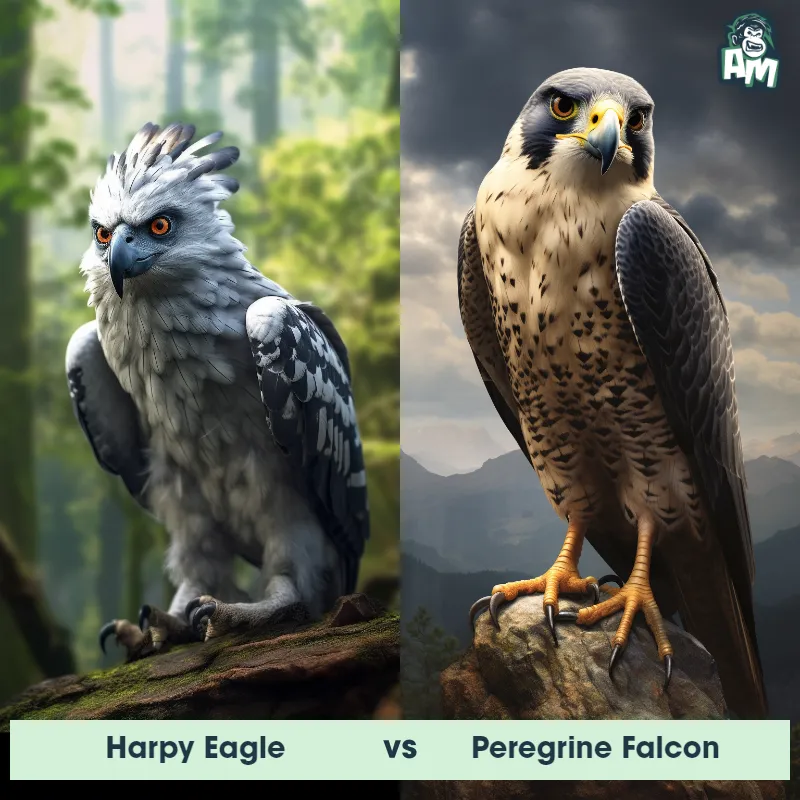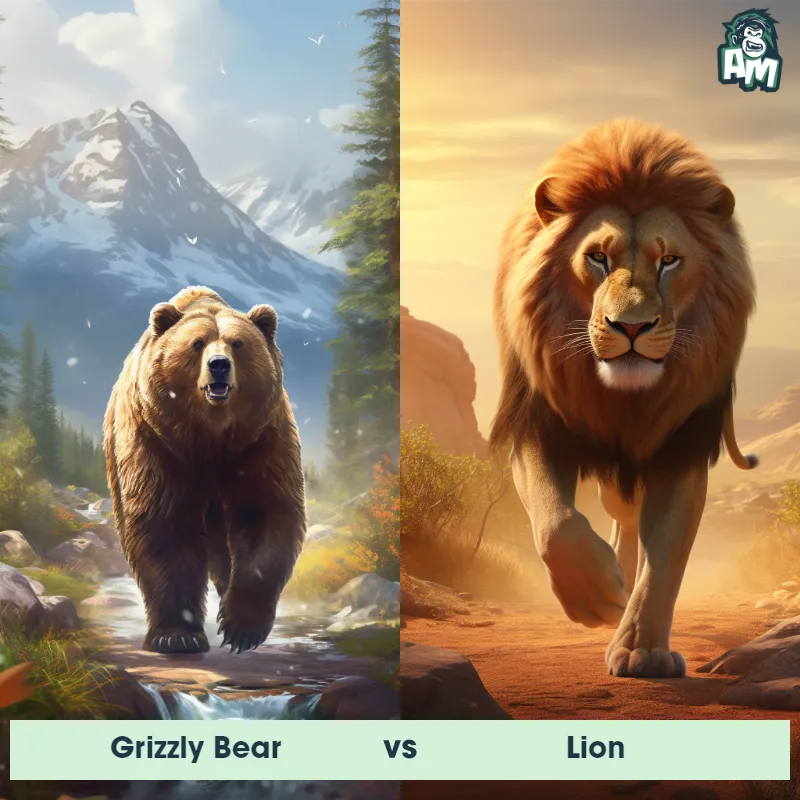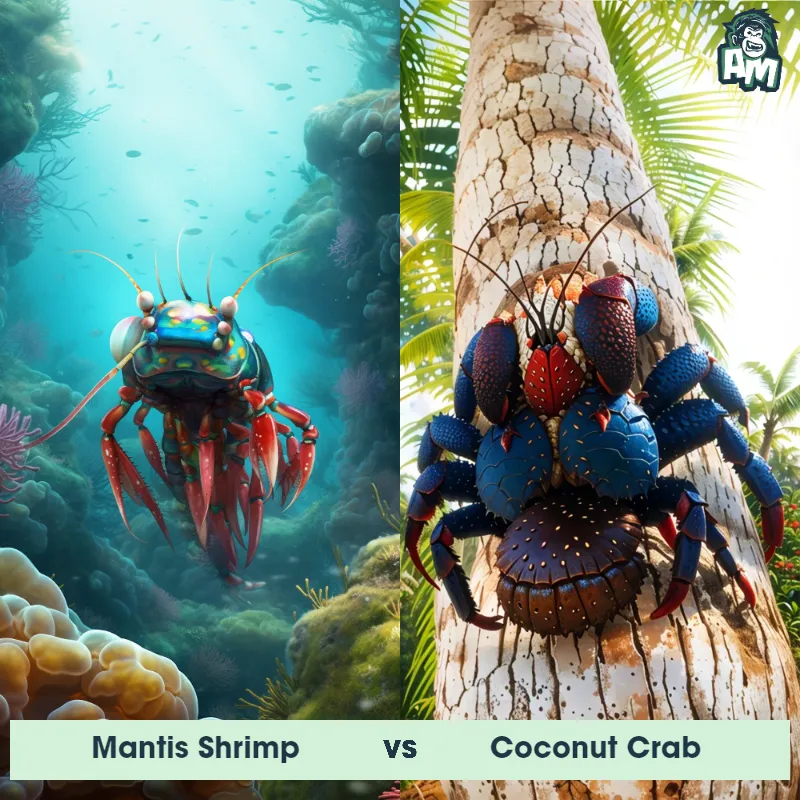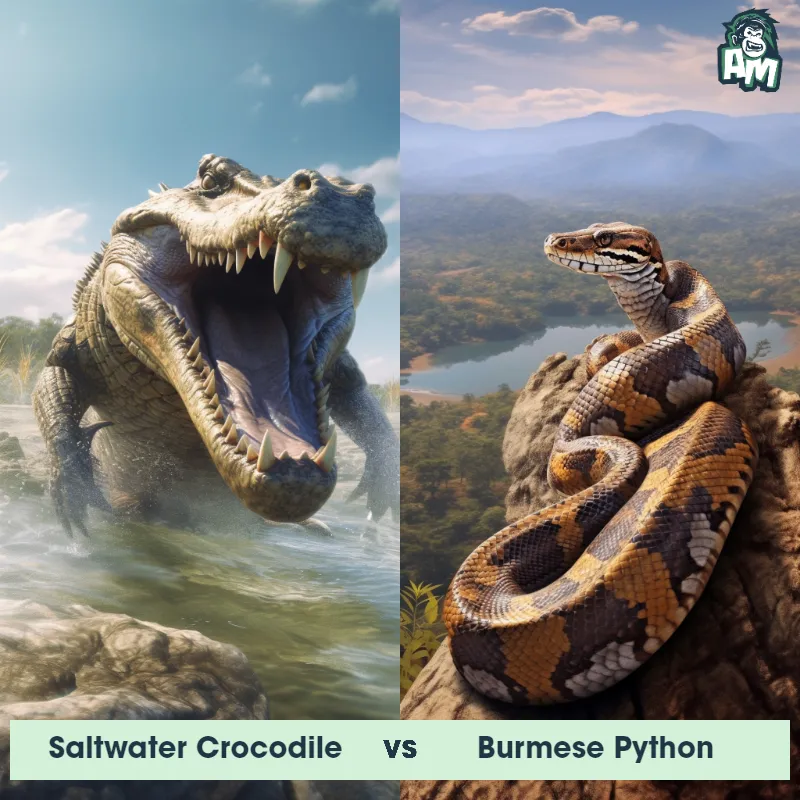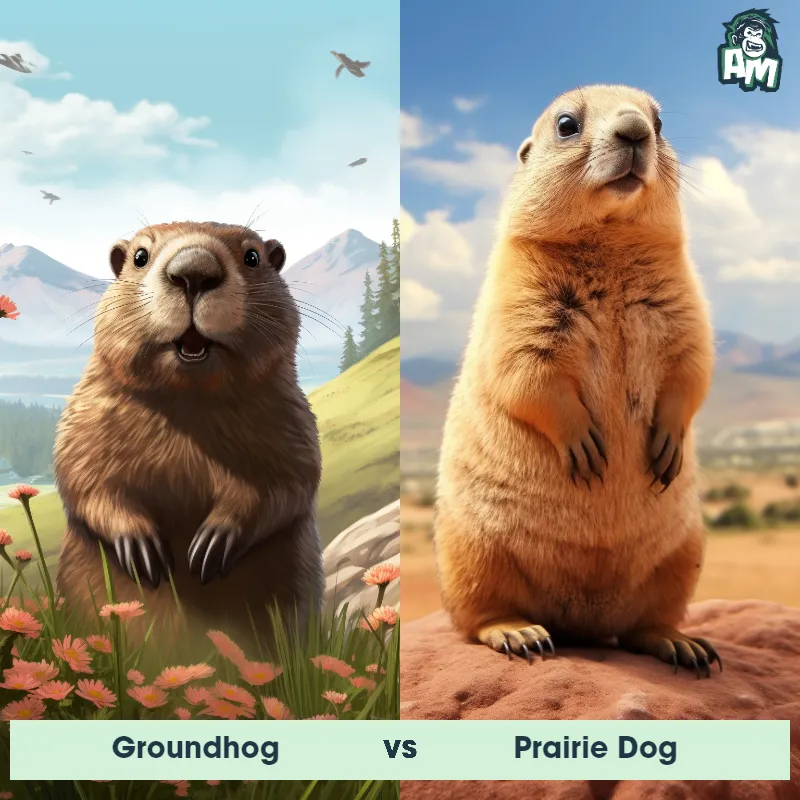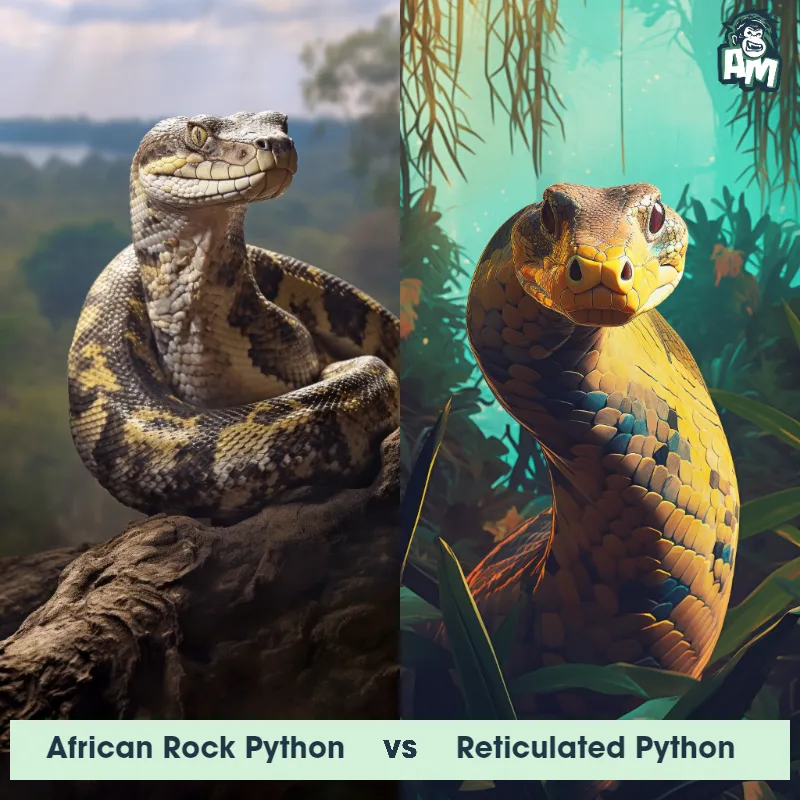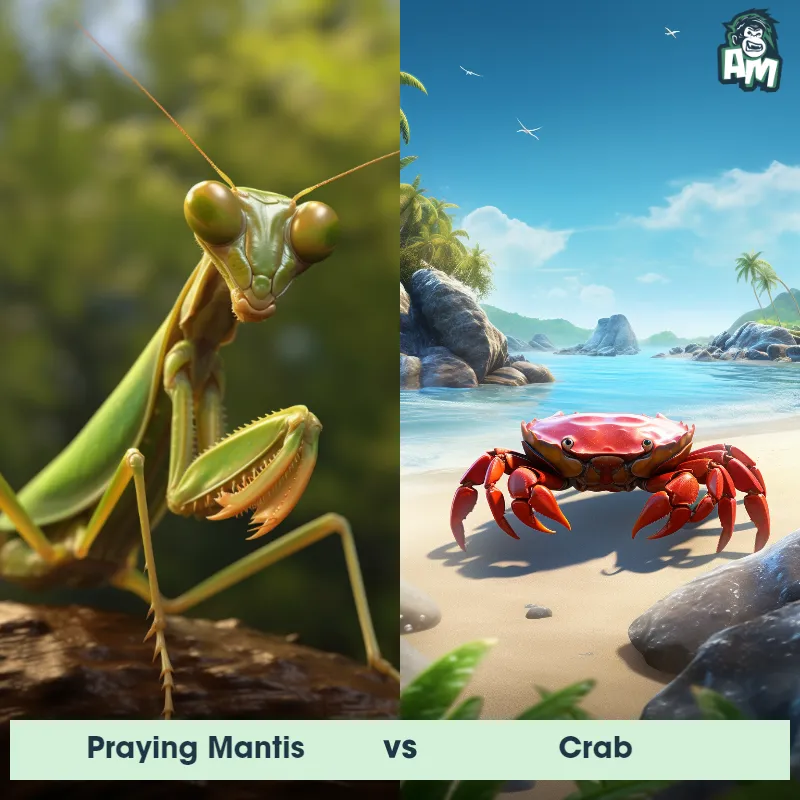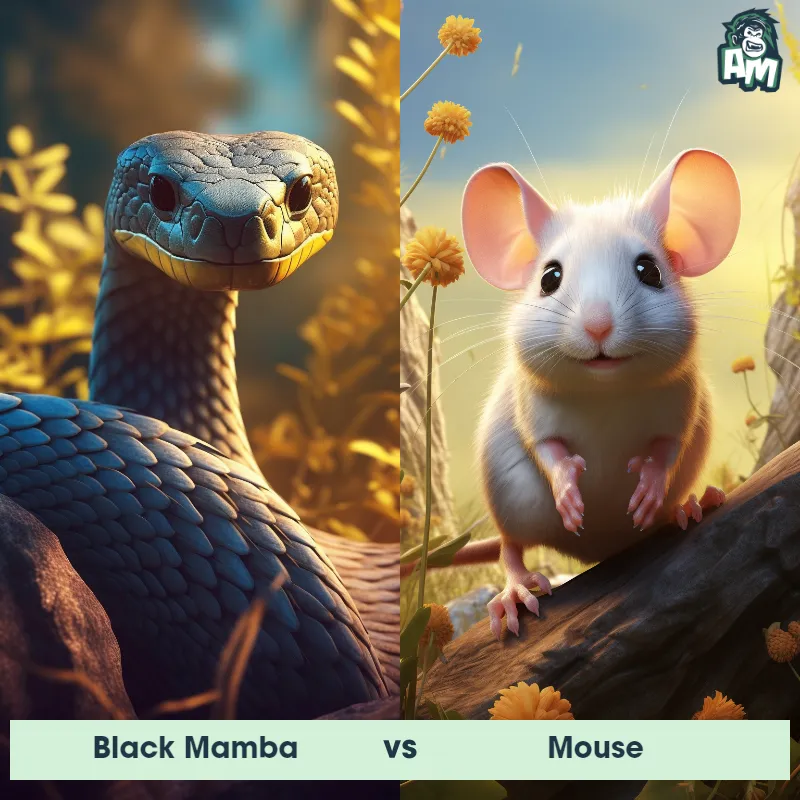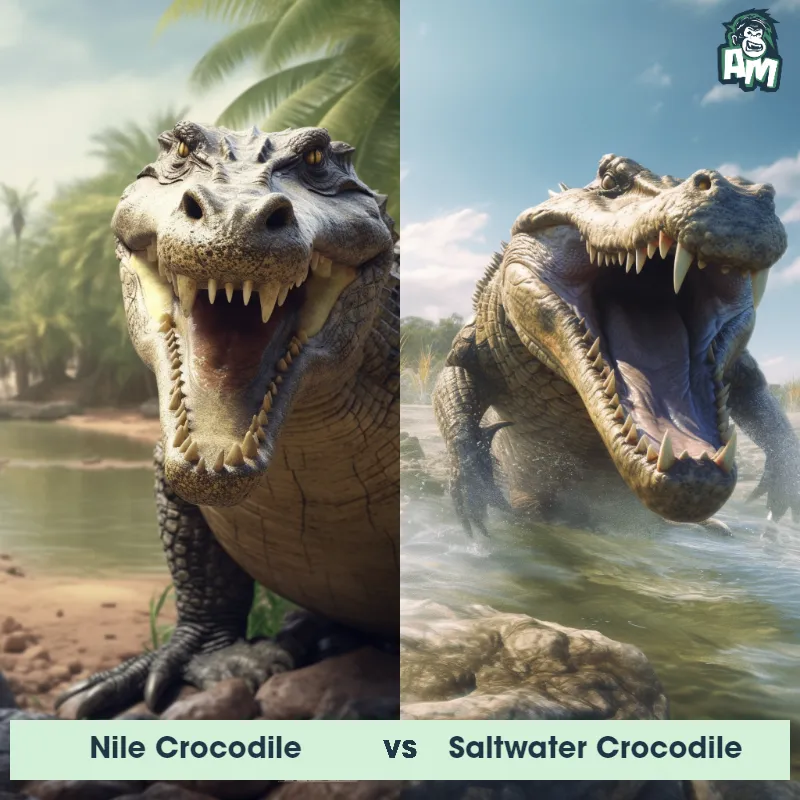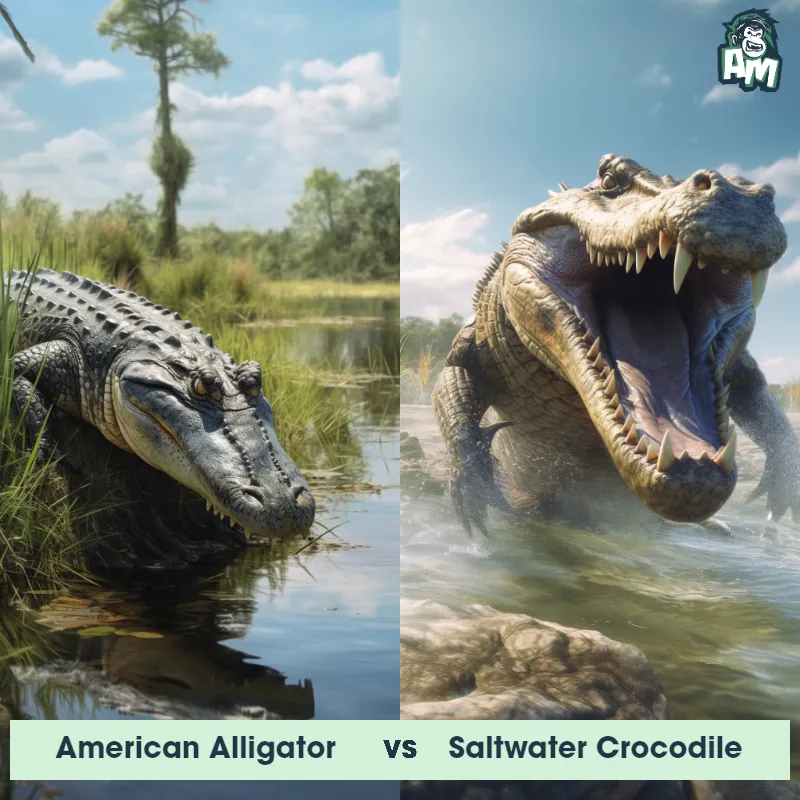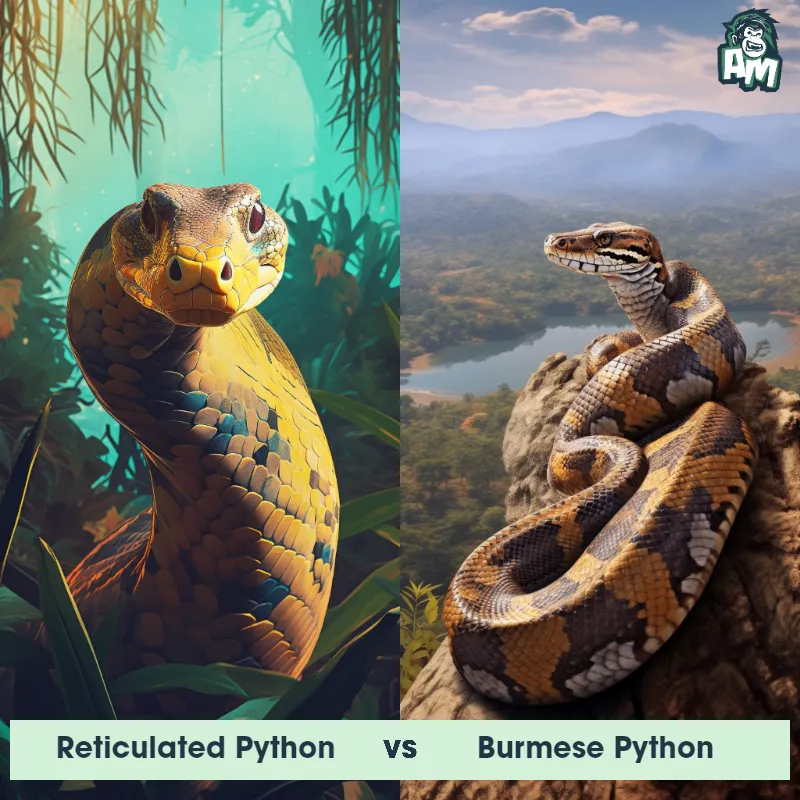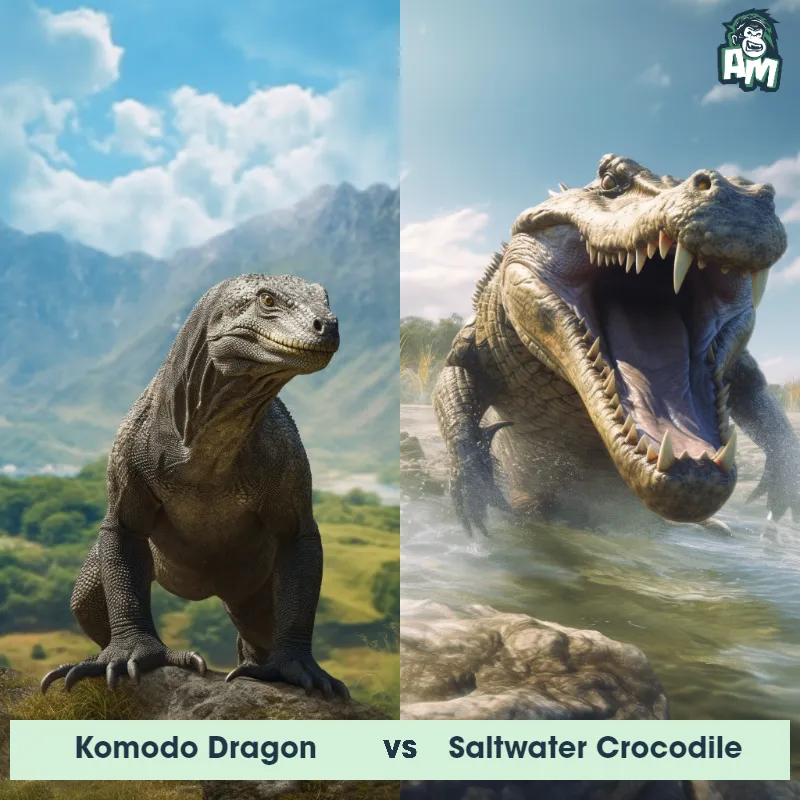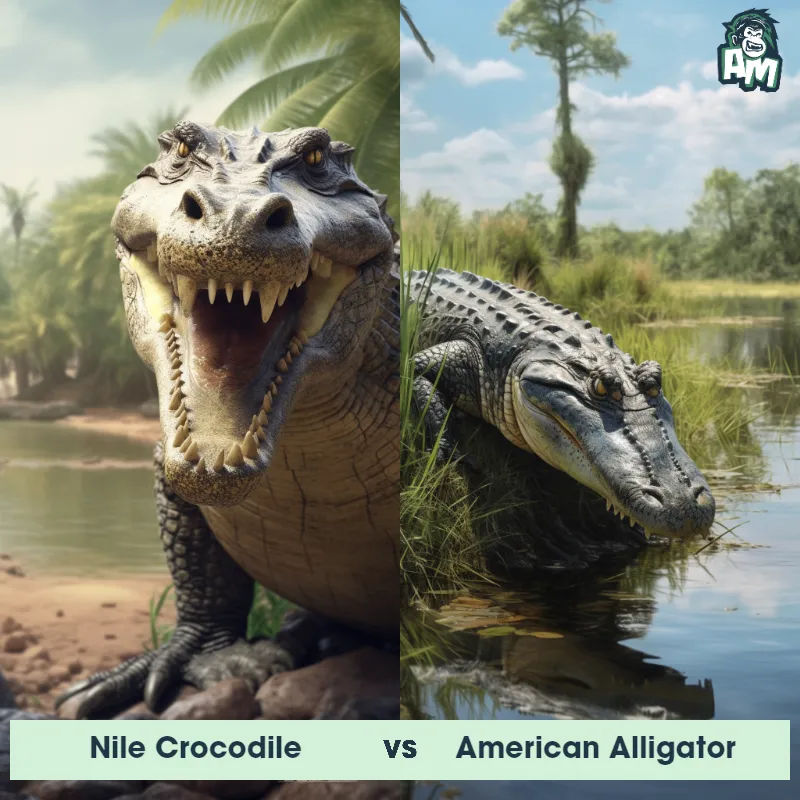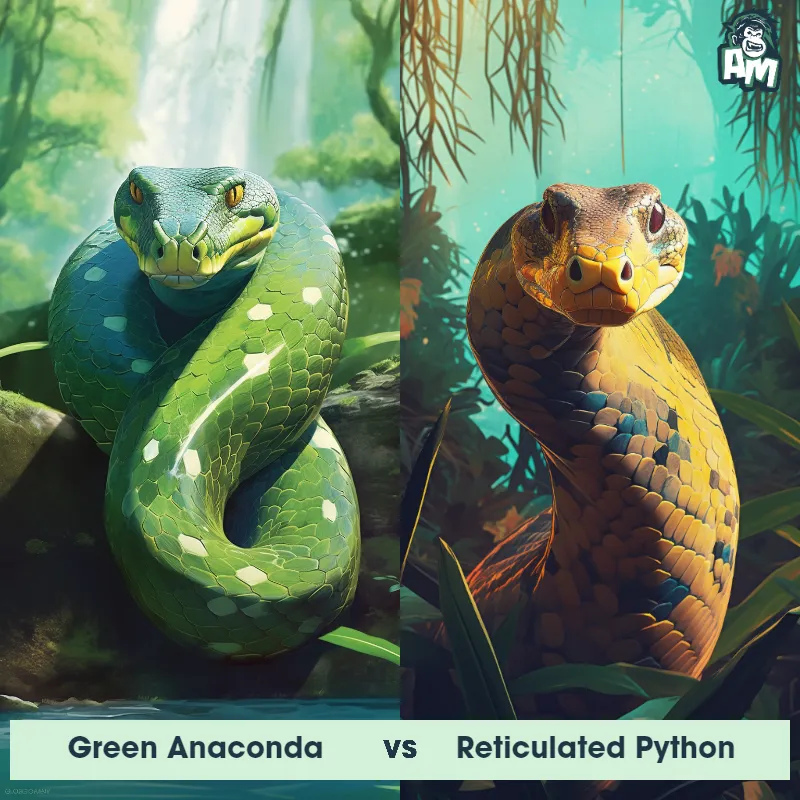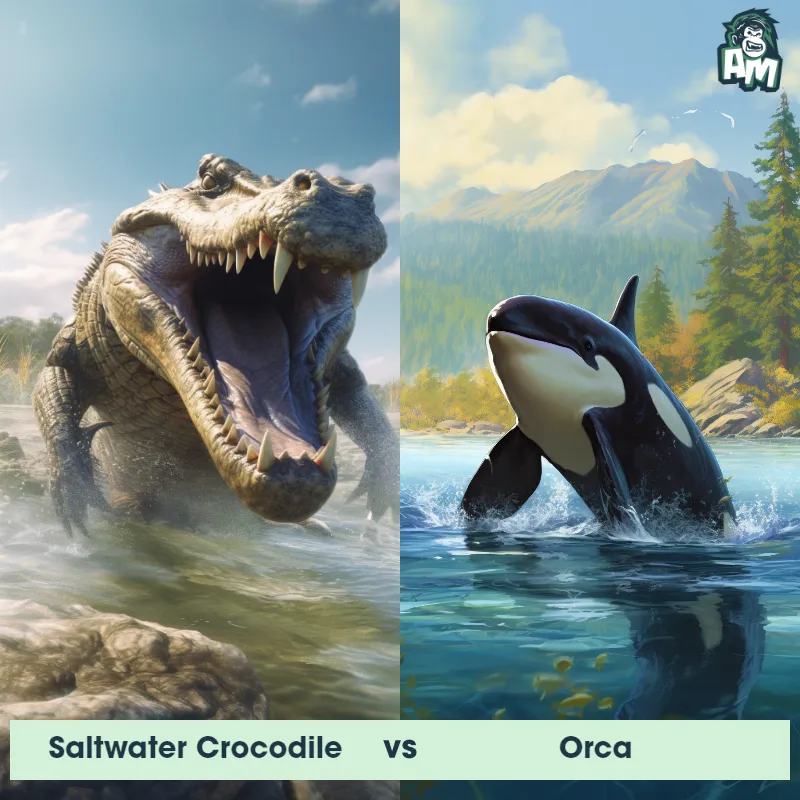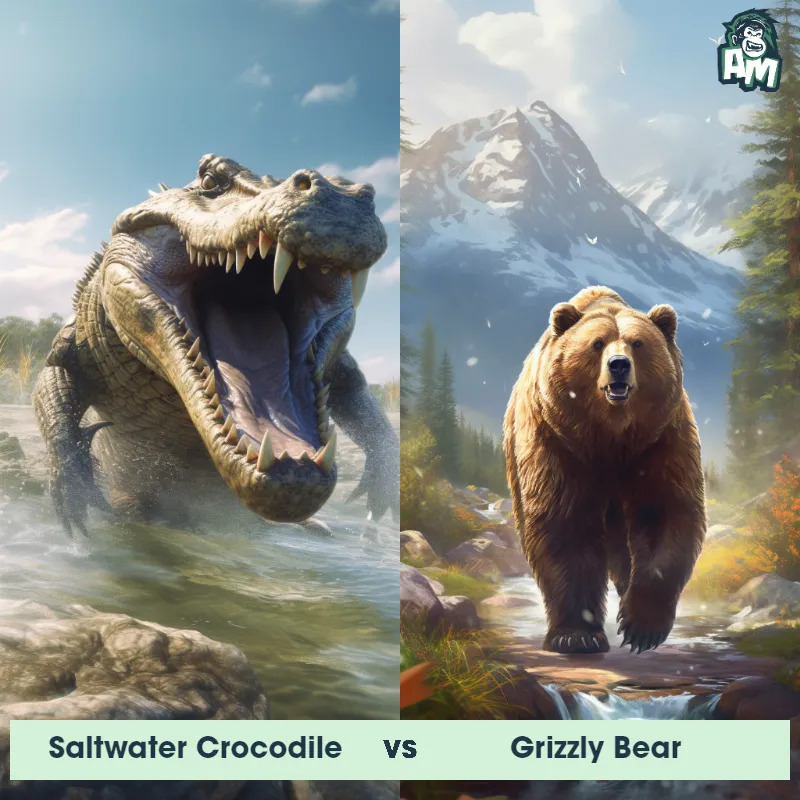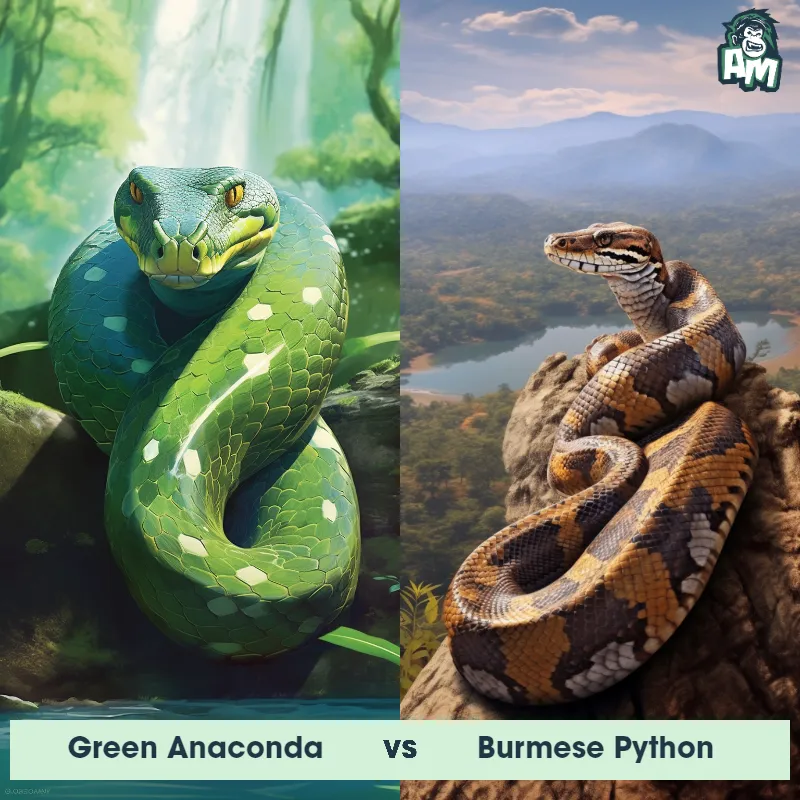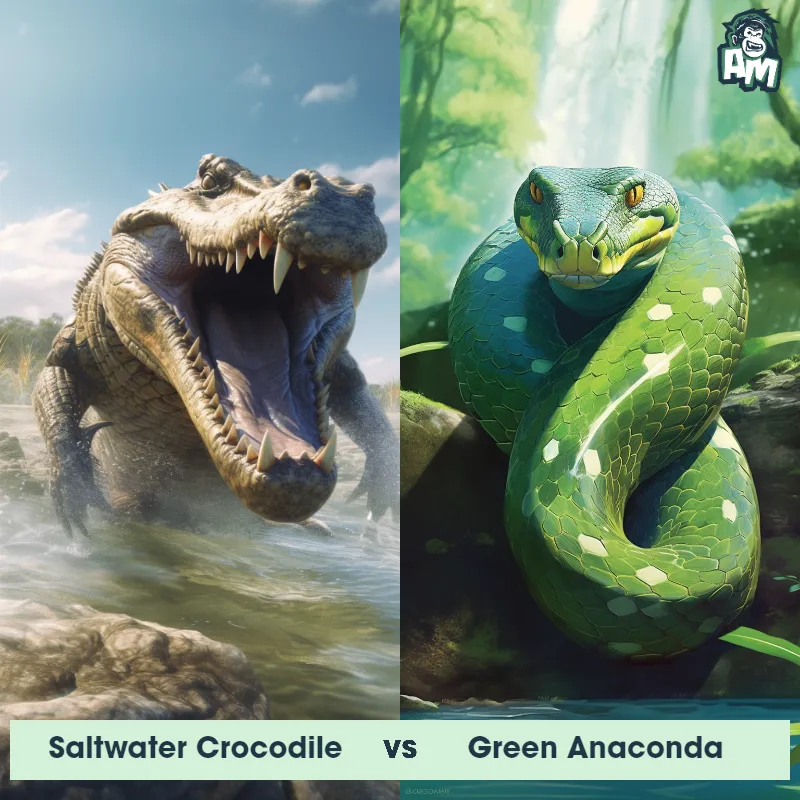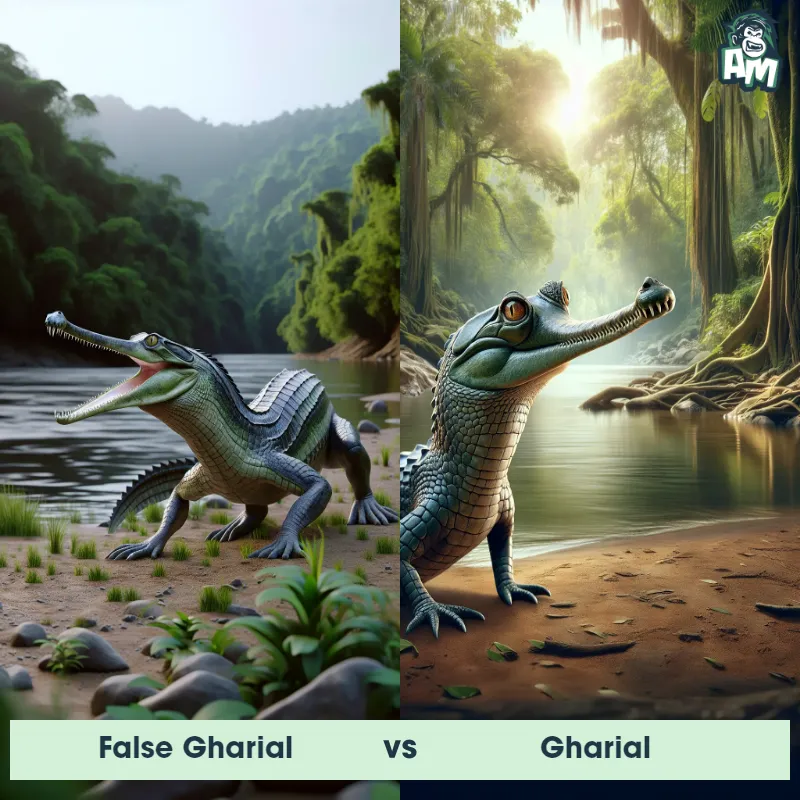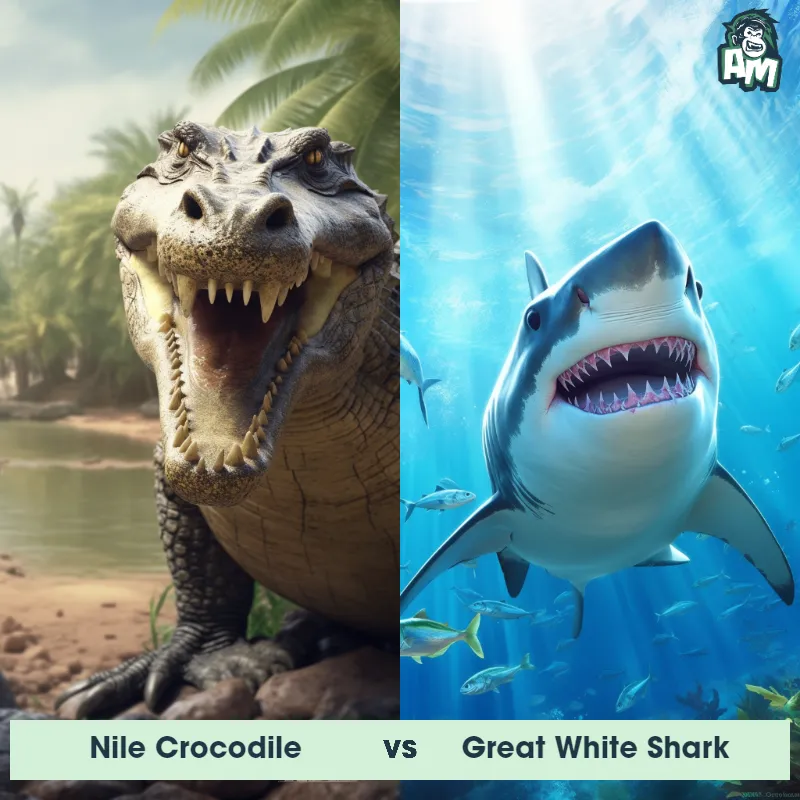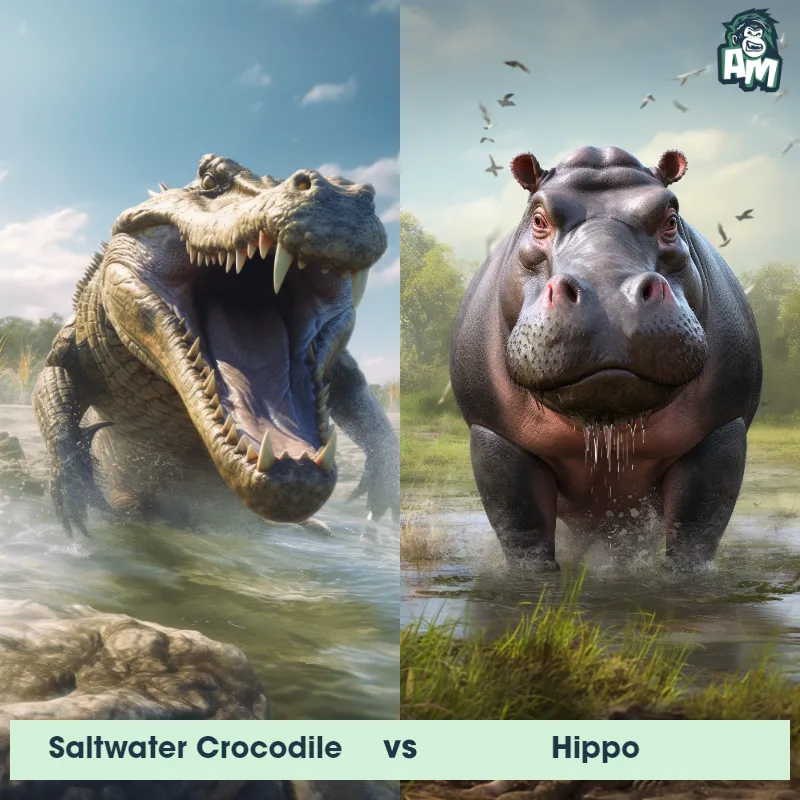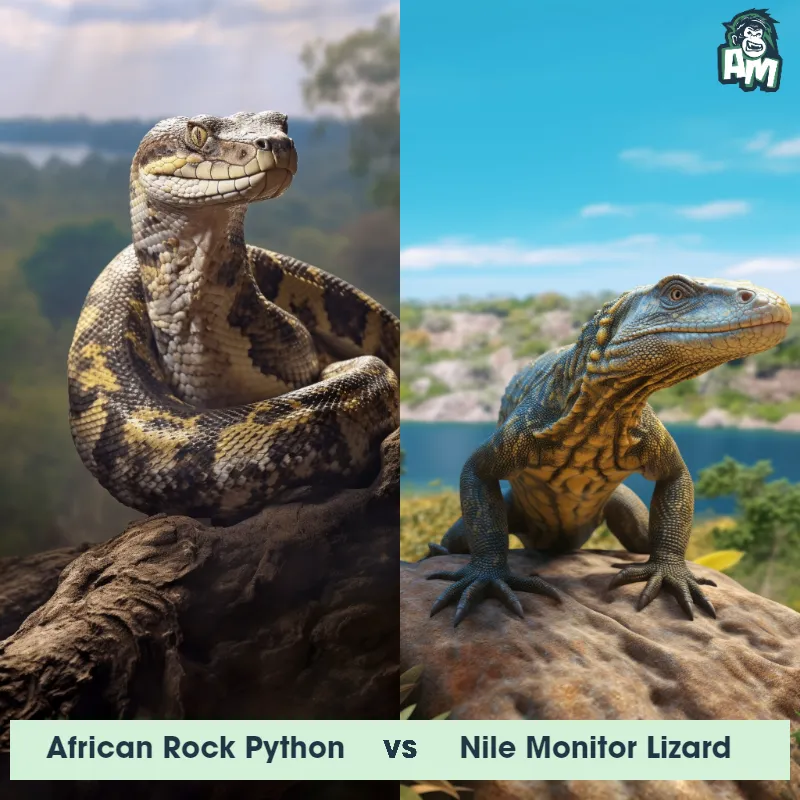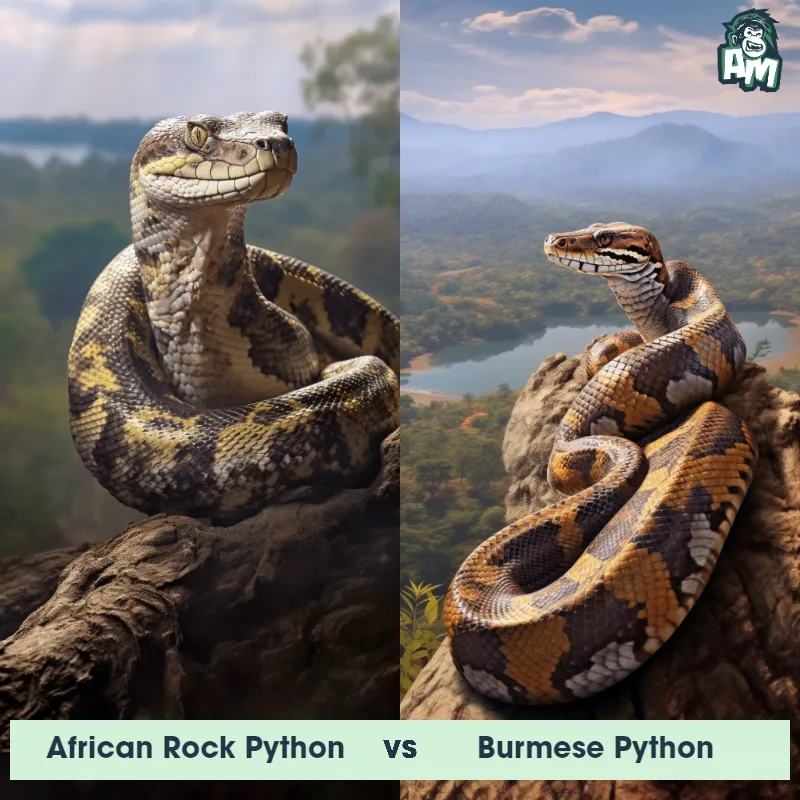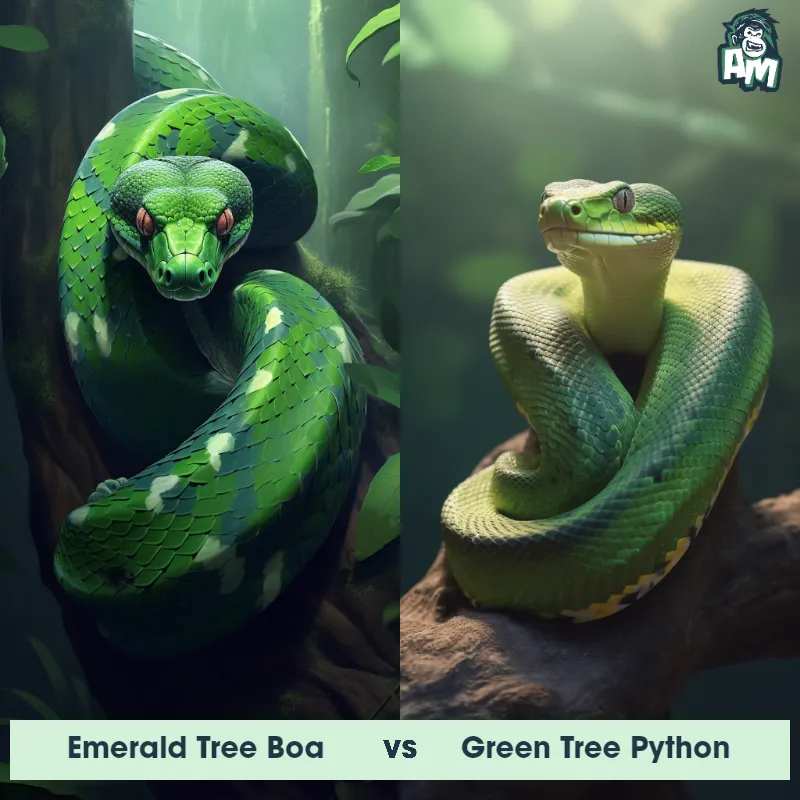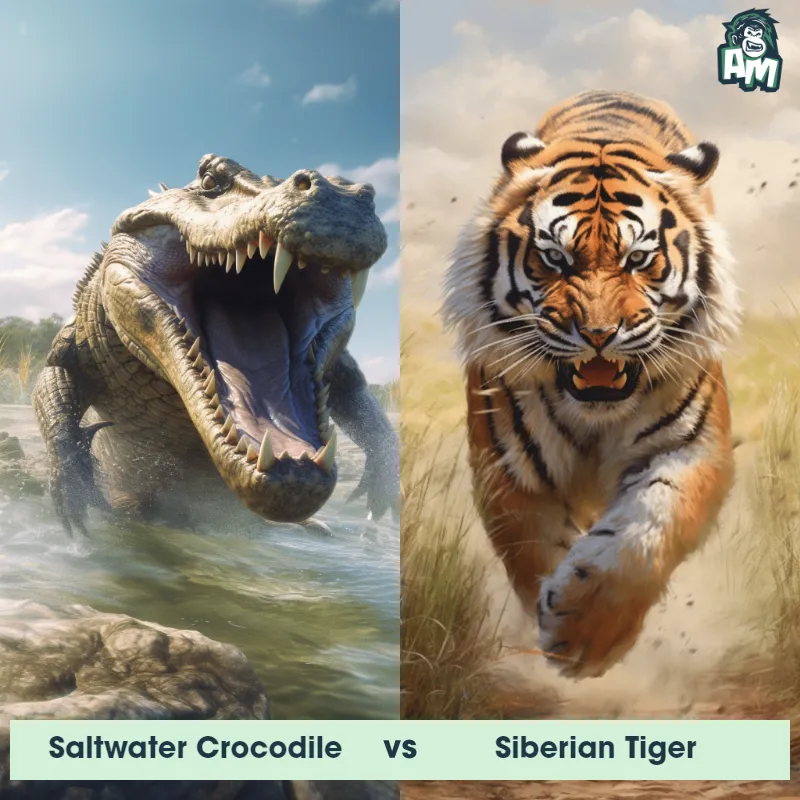Nile Crocodile vs Burmese PythonSee Who Wins

Good evening ladies and gentlemen, and welcome to this thrilling matchup between a Nile Crocodile and a Burmese Python. Two formidable creatures have entered the arena tonight, ready to battle it out for supremacy in this epic three-round fight. Both predators possess unique strengths and cunning tactics, making this showdown one for the books. Let's dive right in and witness the ferocious clash unfold!
Contender 1: Nile Crocodile
The Nile Crocodile, also known as the common crocodile, is a large reptile that can grow up to 20 feet long and weigh over 1,000 pounds. They have a powerful jaw with sharp teeth and a tough, scaly skin that ranges in color from gray to brown. Nile Crocodiles are found throughout sub-Saharan Africa and are known for their aggressive behavior and ability to take down large prey, including humans.
Fun Fact: Nile Crocodiles are known for their incredible strength and are capable of dragging prey weighing up to 1,000 pounds out of the water and onto land.
Contender 2: Burmese Python
The Burmese Python, also known as Python bivittatus, is one of the largest snakes in the world, growing up to 23 feet in length and weighing up to 200 pounds. They have a distinctive pattern of brown and tan scales with dark blotches, and their heads are shaped like a triangle. Burmese Pythons are non-venomous and kill their prey by constriction, squeezing their prey until it suffocates.
Fun Fact: Burmese Pythons are excellent swimmers and can stay underwater for up to 30 minutes at a time.
Matchup Stats
| Nile Crocodile | Burmese Python | |
|---|---|---|
| Size | Up to 20 feet (6.1 meters) | Up to 23 feet (7 meters) |
| Weight | Over 1,000 pounds (453.6 kilograms) | Up to 200 pounds (91 kilograms) |
| Speed | Land Speed: 11 mph (18 km/hr) | Speed: 5 mph (8 km/hr) |
| Key Strength | Powerful jaw and strong bite force | Constriction |
| Biggest Weakness | Slow on land and vulnerable to attacks on the underside of its body | Vulnerable to attacks on the head |
Current Votes
Nile Crocodile vs Burmese Python
See Who Wins
View More Matches
Looking For More?
Similar Matches
Scientific Stats
| Nile Crocodile | Burmese Python | |
|---|---|---|
| Scientific Name | Crocodylus niloticus | Python bivittatus |
| Family | Crocodylidae | Pythonidae |
| Habitat | Freshwater rivers, lakes, and marshes | Terrestrial |
| Geography | Sub-Saharan Africa | Southeast Asia |
| Diet | Carnivorous, eats fish, birds, mammals, and occasionally humans | Carnivorous, preys on mammals, birds, and reptiles |
| Lifespan | 70 years - 100 years | 20 years - 30 years |
Key Differences between Nile Crocodile and Burmese Python
- Eye placement: The Nile Crocodile has eyes positioned near the top of its head, allowing it to submerge most of its body underwater while still keeping an eye above the surface. Conversely, the Burmese Python has eyes located on the sides of its head, enabling it to have a wider field of vision.
- Shape: The Nile Crocodile has a robust, stocky build with a broad head, while the Burmese Python has a more slender, elongated body shape and a relatively smaller head.
- Skin pattern: The Nile Crocodile's skin is covered in prominent, rough scales, which are usually a dark shade of gray or brown with occasional lighter spots or bands, offering camouflage in their aquatic habitat. In contrast, the Burmese Python has a distinctive pattern of irregular, blotchy patches or bands in varying shades of brown, black, or sometimes green.
- Snout shape: The Nile Crocodile has a long and pointed snout, ideal for catching fish, while the Burmese Python has a wider and rounded snout, more suited for capturing and constricting their prey.
- Size: The Nile Crocodile is significantly larger than the Burmese Python, with adult individuals of the crocodile reaching lengths of up to 18 feet, while pythons usually reach around 12-15 feet in length.
- Locomotion: The Nile Crocodile is a quadruped, utilizing its powerful legs to walk or run on land. In contrast, the Burmese Python is a snake, lacking limbs, and instead relies on its muscular body to slither along the ground or climb trees.



